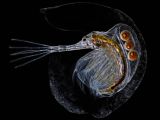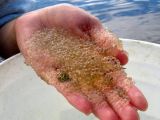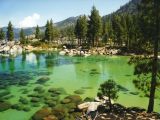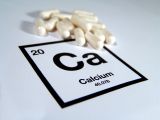Many lakes in North America risk turning into jelly in the years to come and magic has nothing to do with it, researchers with Queen's University in Canada write in a recent paper in the journal Proceedings of the Royal Society B.
Now, before everybody goes running for the nearest cupboard to look for a spoon, it must be said that, when claiming that these lakes run the risk of turning into jelly, scientists don't mean that all their water could soon be replaced by the shaky fruit-flavored dessert.
What they mean is that, due to changes in the chemical makeup of the water that comprises them, lakes in North America stand to become home to a heck lot of aquatic creatures whose bodies look like they're covered in jelly.
Assigning blame
In their paper in the journal Proceedings of the Royal Society B, the Queen's University scientists behind this research project explain that, according to data at hand, calcium levels in North American lakes have been dropping at a rapid pace for several years now.
The researchers say that timber harvesting and acid rain in the area are to blame for this phenomenon which, in turn, fostered a series of biological shifts. More precisely, the drop in calcium levels took its toll on aquatic creatures that need this element to survive.
By comparison, animals such as the jelly-clad Holopedium, which has no trouble staying alive in nutrient-poor environments, are pretty much having the time of their lives. Thus, it appears that, in lakes whose calcium levels are low, Holopedium has high chances to become a dominant species.
“Calcium is an essential nutrient for many lake-dwelling organisms, but concentrations have fallen so low in many lakes that keystone species can no longer survive,” study lead author Dr. Adam Jeziorski said in a statement.
“Jelly-clad invertebrates have been increasing in an alarming number of lakes. This is likely a long-term effect of acid rain on forest soils, logging and forest regrowth,” added John Smol, Canada Research Chair in Environmental Change.
Jelly lakes aren't funny
Dr. Adam Jeziorski and fellow researchers say that, should this trend continue and should the jelly-clad Holopedium become a dominant species in many North American lakes, this biological shift will surely affect natural ecosystems.
Thus, the Queen's University scientists expect that, in time, having lakes in North America turn into jelly because of way too many such water fleas populating their waters will surely alter food webs and might even clog water intakes.
“Conditions now favor animals better adapted to lower calcium levels, and these changes can have significant ecological and environmental repercussions,” Queen's University researcher Dr. Adam Jeziorski commented on his and his colleagues' findings.
“Once again we see there are many unexpected consequences of our actions, most of which are negative,” specialist John Smol also wished to stress.
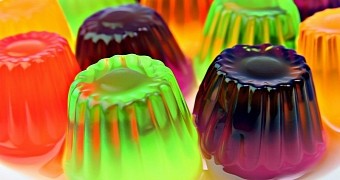
 14 DAY TRIAL //
14 DAY TRIAL // 
